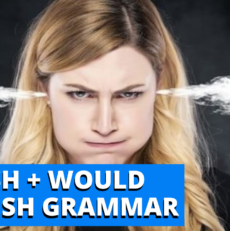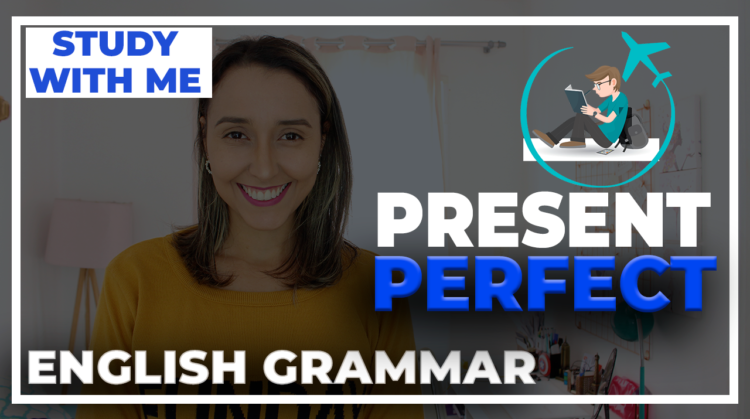
May 15, 2021
How to use Wish in English – Learn English Grammar

PS: já faz parte da minha lista exclusiva e gratuita? Receba lições toda semana. Clique aqui
Hey student. Let’t talk about present perfect, shall we? This is an introduction post. There will be 3 more posts about present perfect. At the end of this post, you will also find a link to a video lesson I made on Youtube.
Present Perfect is a conjugation in English that combines present and past.
When do you use Present perfect? When you want to describe something that happened in the past but HAS A CONSEQUENCE in your present.
This action started in the past, continues in the present and MAY continue in the Future
MAY – possibility – it is possible.
One Important aspect of present perfect is that I NEVER mention a specific time, a fixed time that is over. For example, yesterday, last week. NEVER. I cannot do that.
If your phrase happened in the past, but has some kind of connection with the present moment and you DON’T NEED TO METION A SPECIFIC finished TIME, then you can and should use present perfect. The action is in the past, but it is connected with my present.
You will need HAVE or HAS. In this case, the words have/has are used as AUXILIARY VERBS, THEY ARE NOT VERBS INDICATING POSSESSION ANYMORE.
What’s the difference between have & has? The pronouns you are going to use them with. Look at the chart below

After you use the pronoun/subject + have/has, you will need a VERB. This verb with have a different conjugation form. You will now use the PAST PARTICIPLE FORM. Regular verbs will maintain the same past conjugation
Irregular verbs may change completely
Examples

To make negative sentences with Present perfect you will need to add the word NOT next to have or has
Have not
Has not
You can contract them
Haven’t & hasn’t

YES/NO QUESTIONS
You can also ask Yes/NO questions with present perfect. You just need to invert the position between the auxiliary have/has and the subject
You can also ask WH question words, what, where, when, who, what, etc. But we are going to study that in another lesson.

In Part 2 of this post, we are going to focus on the difference between Simple Past and Present Perfect. Here is the video lesson:
Share this post with your friends!
Teacher Prix
Leave a Reply